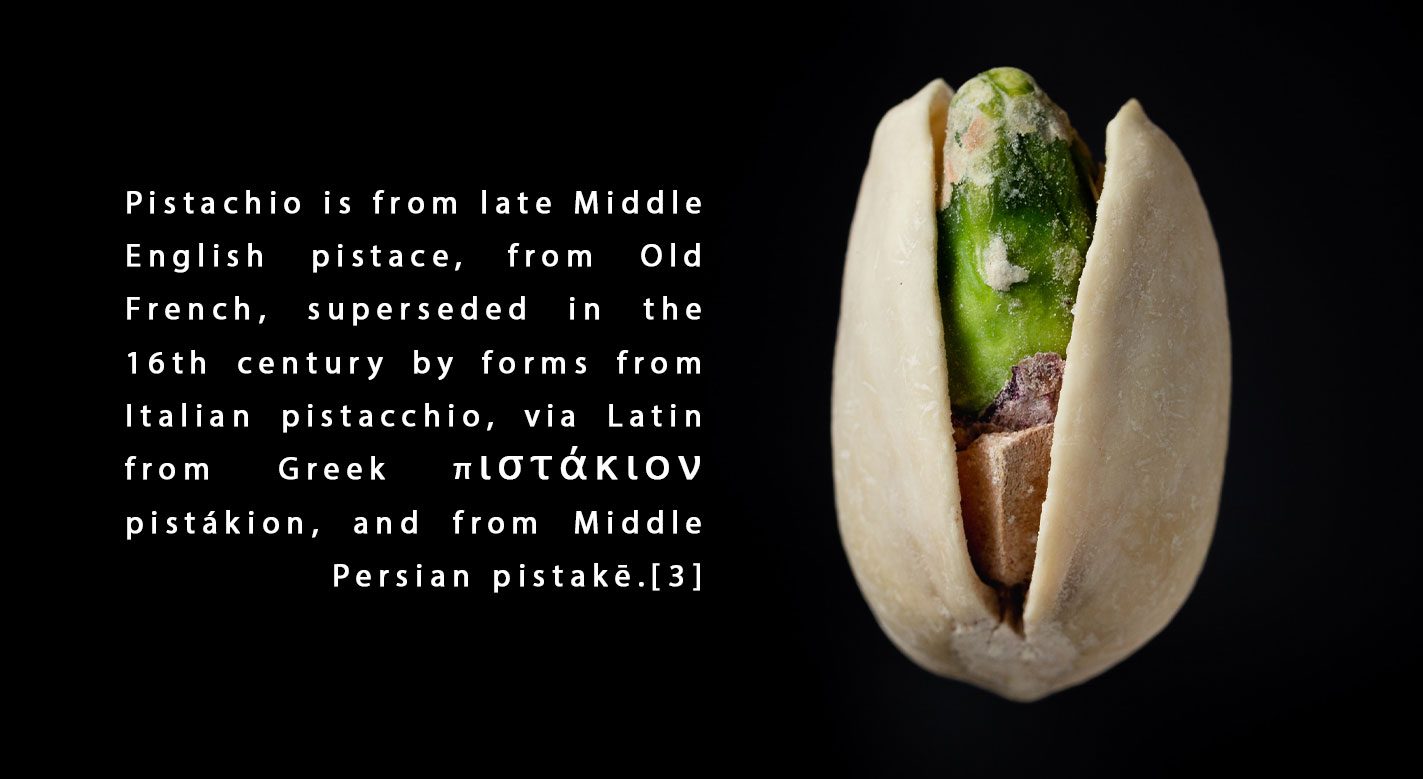The pistachio tree is native to regions of Central Asia, including present-day Iran and Afghanistan. Archaeology shows that pistachio seeds were a common food as early as 6750 BCE. The earliest evidence of pistachio consumption goes back to the Bronze Age Central Asia and comes from Djarkutan, modern Uzbekistan.
Pistachio trees were introduced from Asia to Europe in the first century AD by the Romans. They are cultivated across Southern Europe and North Africa.
Theophrastus described it as a terebinth-like tree with almond-like nuts from Bactria.
It appears in Dioscorides’ writings as pistákia (πιστάκια), recognizable as P. vera by its comparison to pine nuts.
Pliny the Elder wrote in his Natural History that pistacia, “well known among us”, was one of the trees unique to Syria, and that the seed was introduced into Italy by the Roman proconsul in Syria, Lucius Vitellius the Elder (in office in 35 AD) and into Hispania at the same time by Flaccus Pompeius.
The early sixth-century manuscript De observatione ciborum (On the Observance of Foods) by Anthimus implies that pistacia remained well known in Europe in late antiquity.
An article on pistachio tree cultivation was brought down in Ibn al-‘Awwam’s 12th-century agricultural work, Book on Agriculture.
Archaeologists have found evidence from excavations at Jarmo in northeastern Iraq for the consumption of Atlantic pistachio


